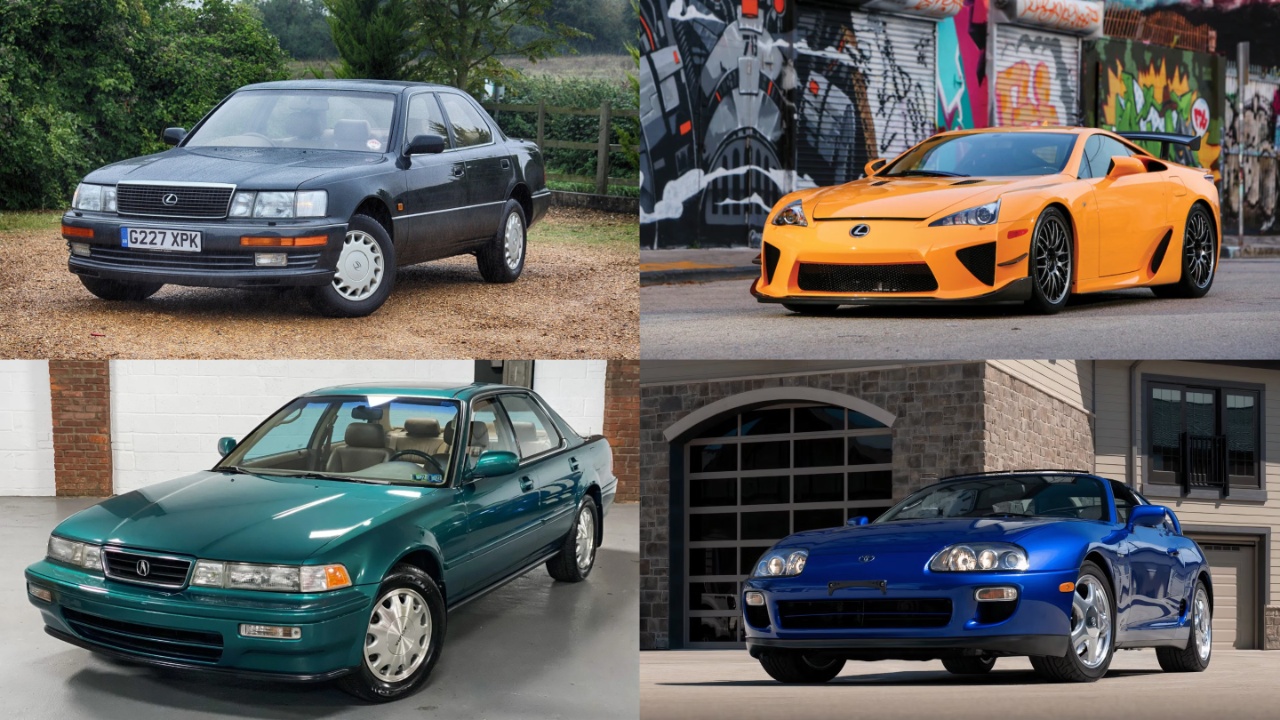Over-engineering is often misunderstood in automotive discussions. It’s not just about excessive reliability; it’s about investing disproportionate time, money, and engineering effort into building something far beyond its intended use.
Think of a base Toyota Camry capable of reaching 200 mph—impressive, but unnecessary. While the term is usually linked with ultra-durable vehicles, genuine over-engineering reflects instances where carmakers blew budgets or logic to create mechanical marvels.
These vehicles often didn’t make business sense, but they’ve become legends due to their design, innovation, and durability. This summary explores iconic examples of such overbuilt cars and the stories behind them.
1. Lexus LFA: A Carbon-Fiber Symphony
The Lexus LFA represents the pinnacle of Japanese over-engineering. A V10 engine tuned by Yamaha with a pitch-perfect exhaust note and a carbon fiber chassis meant for optimal weight savings showed Lexus’ obsession with perfection.
Development delays arose when engineers scrapped an aluminum frame six years in the making in favor of carbon fiber—a costly but purposeful decision. Only 500 units were made, and despite poor initial sales, it is now a collector’s dream.
Prices today range between $800,000 to $1.5 million, proving that its over-engineered essence eventually won the respect it deserved.
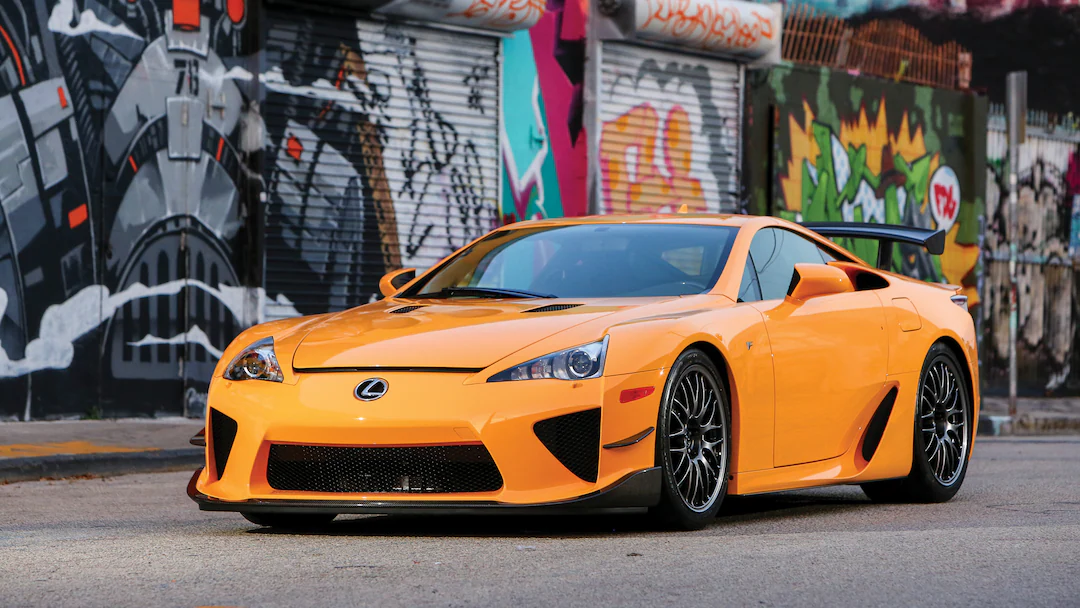
2. Volkswagen Phaeton: The People’s Bentley
The Volkswagen Phaeton was a bizarre creation—essentially a Bentley in a Volkswagen body. Built on the Bentley Continental platform and available with Bentley’s W12 engine, it defied the brand’s “people’s car” ethos. Its development was driven by revenge and ambition rather than practicality.
The Phaeton was hand-built in an eco-friendly factory and transported in specialized vehicles. It started at nearly $67,000, reaching $101,300 for the W12 version in 2006—about $163,000 today. While excessive for a VW badge, it reflected a bold desire to challenge Mercedes and BMW on ultra-luxury turf.
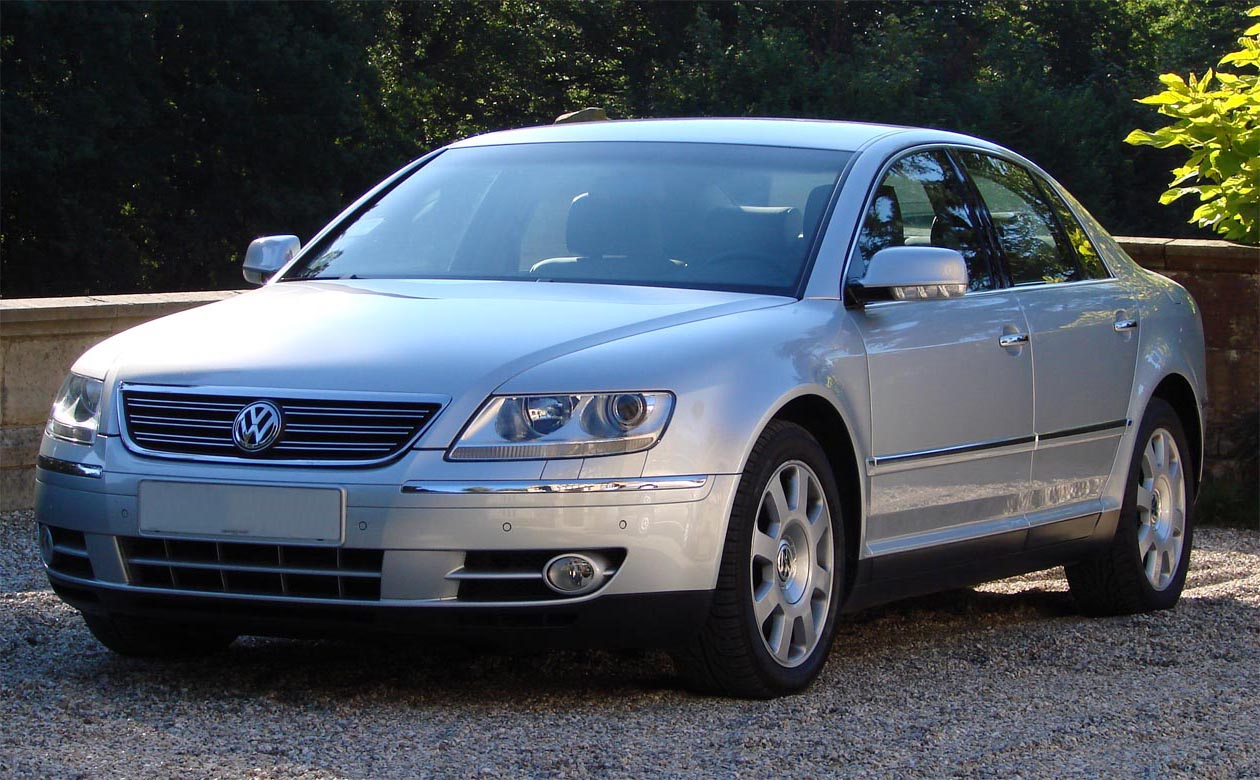
3. Lexus LS 400: Precision Without Limits
Toyota poured over a billion dollars and years of unrestricted development into the Lexus LS 400. This was a car born out of ambition and pride, not profit. Lexus aimed to create a premium sedan that could dethrone German luxury giants.
With thousands of engineers and over a million miles of testing, the LS 400 debuted with exceptional refinement and quietness. Fluid-damped components and sandwich steel panels delivered an unprecedented ride.
It was sold at a price likely below cost, but it introduced Lexus as a serious global luxury contender and remains a symbol of deliberate over-engineering.
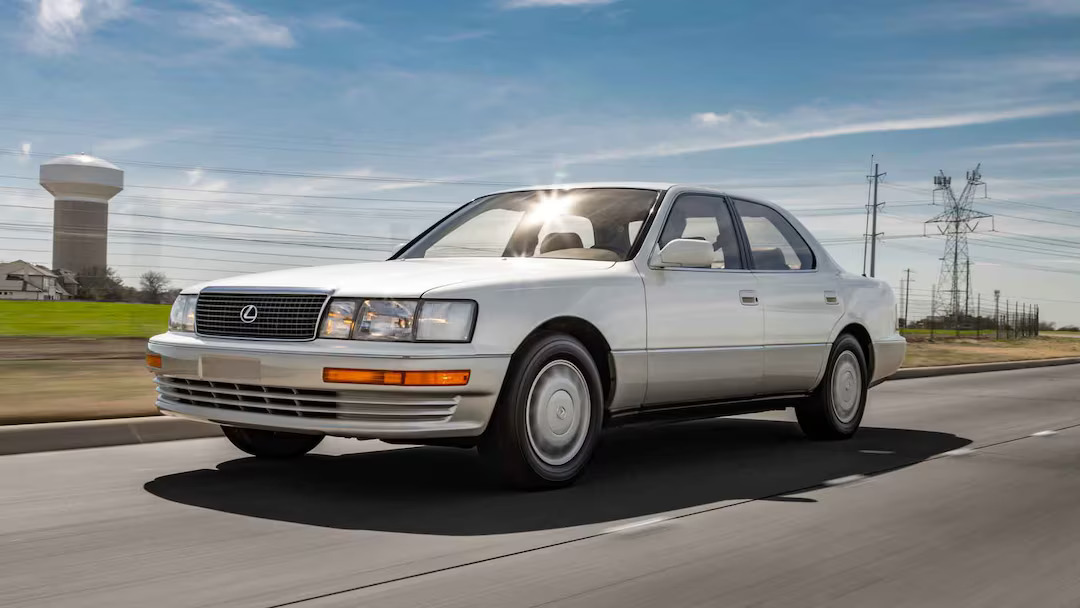
4. Mercedes-Benz W123: Built for Eternity
Mercedes-Benz’s W123 series was not engineered to a price point but to a standard. Built from 1976 to 1985, it became a symbol of German durability and mechanical excellence. The diesel engines, developed under Dr. Ferdinand Piëch, became legends.
One Greek taxi driver donated his W123 with 2.9 million miles on it to the Mercedes Museum. The car’s ability to run forever made it beloved by taxi drivers worldwide. Its premium build and utilitarian elegance embodied what it meant to over-engineer a vehicle, not for luxury, but for sheer indestructibility and timeless dependability.
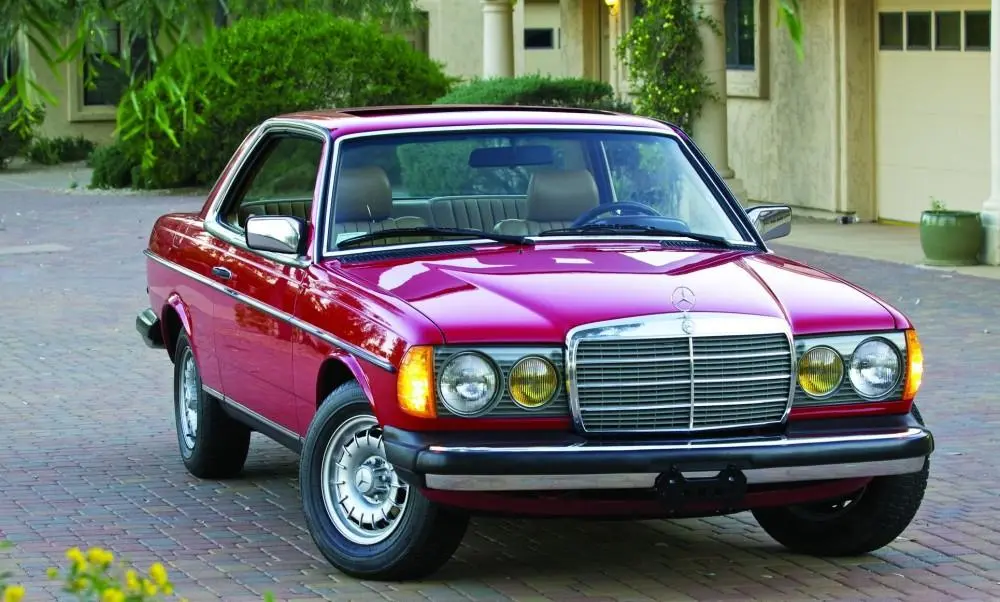
5. Porsche 911 Targa (991 & 992): Engineering for Art’s Sake
The modern Porsche 911 Targa serves little functional purpose in a world of convertible cars. Yet, Porsche engineers created an elaborate folding roof system purely for the thrill of innovation.
The mechanism involves the rear window lifting while a roof panel folds away—an elegant ballet of motion. Though heavier and noisier than a cabriolet, and far more complex, the Targa exists simply because Porsche could make it.
It’s a masterclass in mechanical artistry, proving that over-engineering can sometimes be an aesthetic or engineering challenge rather than a necessity or practical improvement.
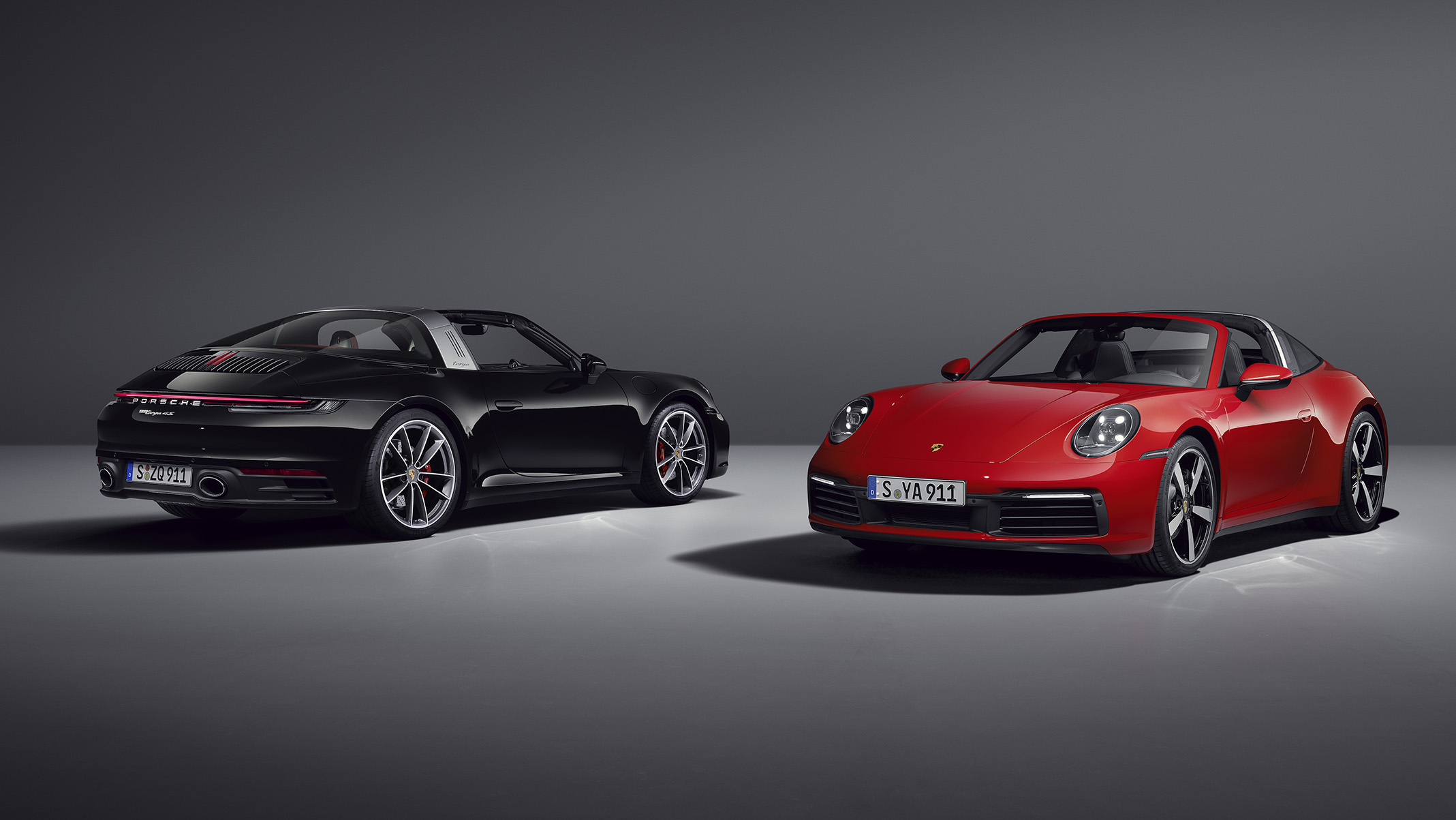
Also Read: 10 Cars That Mechanics Recommend for Life-Long Reliability and 250,000+ Mile Potential
6. Toyota Supra MK IV: A Tuner’s Dream
The MK IV Toyota Supra failed commercially but became a cult icon thanks to its indestructible 2JZ-GTE engine. The twin-turbo inline-six could easily handle 500+ horsepower without internal upgrades. It featured a sophisticated anti-lock braking system with yaw control and four-channel sensors—way ahead of its time.
This, paired with track-level performance, puts it in the league of supercars like the Porsche Carrera GT, despite costing under $60,000. While it was a financial misstep for Toyota, the Supra’s over-engineering made it legendary in tuning culture and motorsport circles worldwide.
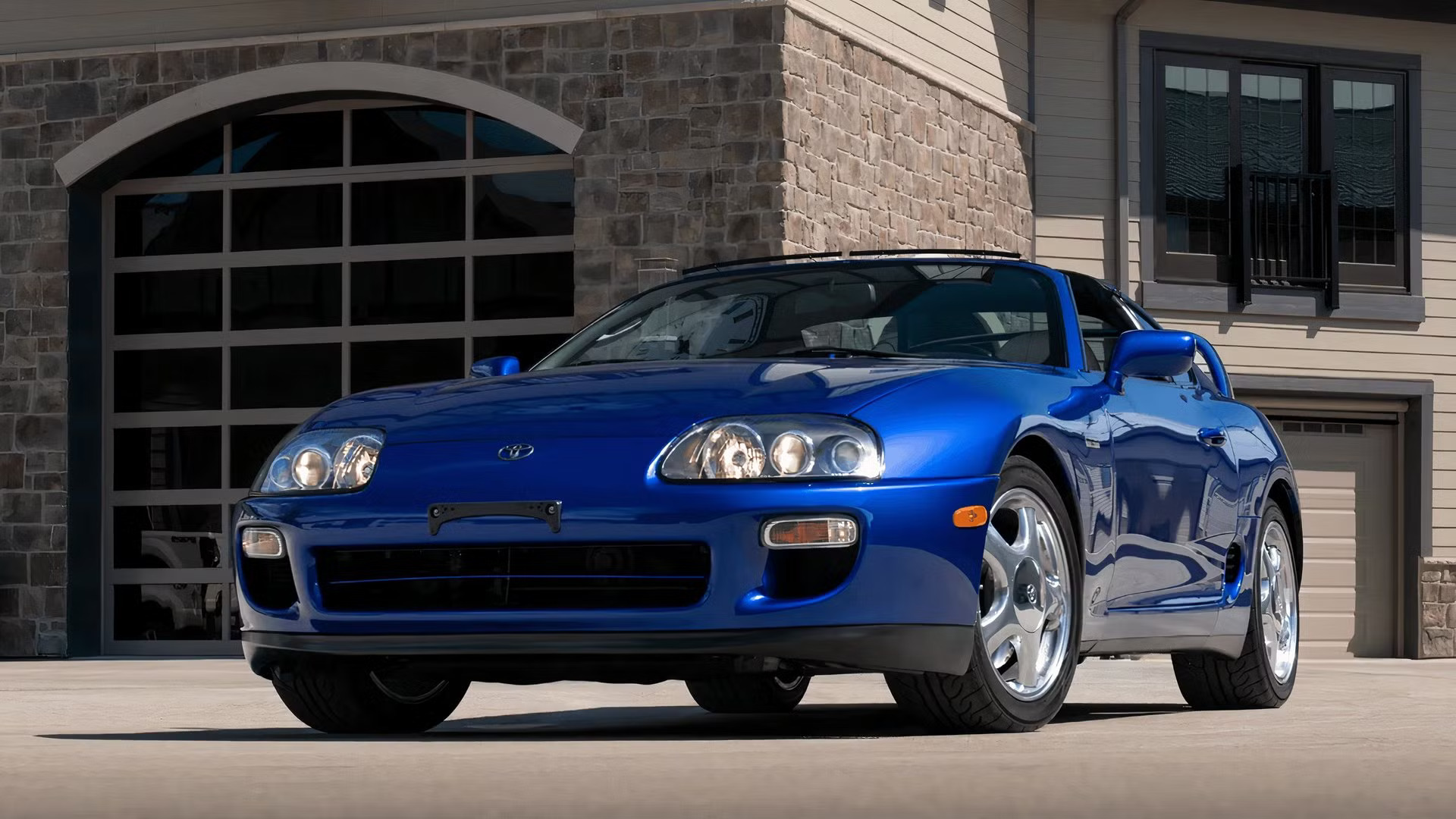
7. Acura Vigor: Complexity for the Sake of Branding
The Acura Vigor is a lesser-known example of Japanese over-engineering during the bubble economy. Honda created a five-cylinder engine just to differentiate the Vigor from its four-cylinder Integra and six-cylinder Legend.
To fit it in a front-wheel-drive layout, it was mounted longitudinally at a 35-degree angle, requiring a convoluted drivetrain with an intermediate shaft running through the crankcase.
This excessive complexity added little real-world value but showcased Honda’s dedication to unique engineering challenges. Though the Vigor faded into obscurity, it remains a fascinating case study in mechanical creativity.
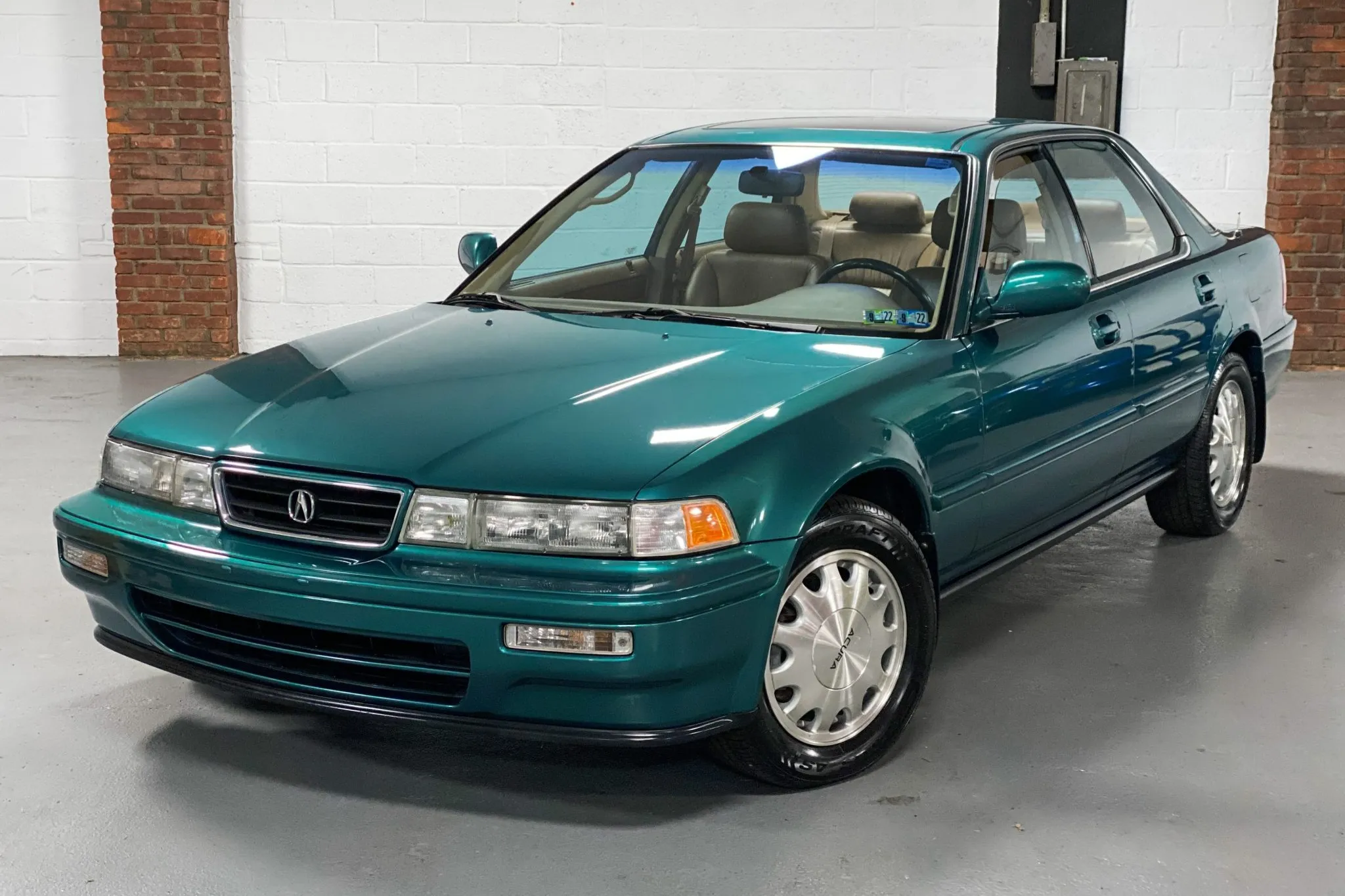
8. Audi A2: Lightweight Futurism Before Its Time
The Audi A2 was awkward in design but brilliant underneath. With an aluminum body and a drag coefficient rivaling modern sports cars, it prioritized efficiency, innovation, and low emissions.
It had removable rear seats and a maintenance hatch instead of a traditional hood. Despite achieving 90 mpg and being nearly rustproof, the A2 flopped commercially, costing Audi around £4,000 per unit.
It’s now seen as a misunderstood eco-car marvel, years ahead of its time. The A2 stands as an example of over-engineering where environmental consciousness drove excessive, yet impressive, design and material choices.
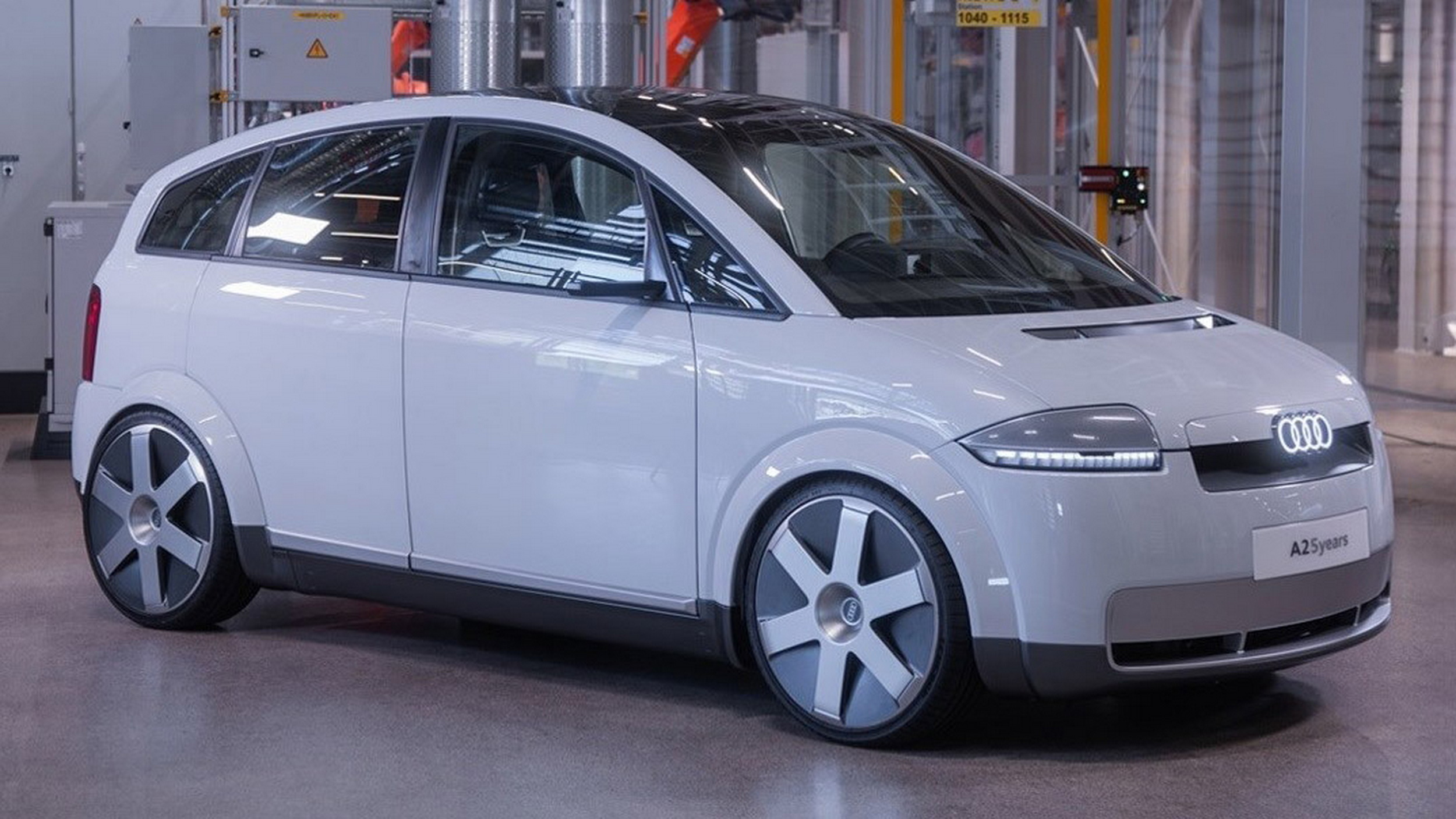
9. Mitsubishi GTO 3000GT: Feature Overload
The Mitsubishi GTO 3000GT was packed with advanced tech, including AWD, four-wheel steering, active aerodynamics, and adaptive suspension. All this in a car meant to compete with other Japanese sports coupes in the early 1990s. While impressive, these features added weight, complexity, and reliability issues.
Mitsubishi crammed in every possible technology, resulting in a machine that was arguably too clever for its own good. Though it dazzled on paper, real-world maintenance and cost made it less appealing. It exemplifies how over-engineering can tip from brilliance into a burden when taken too far.
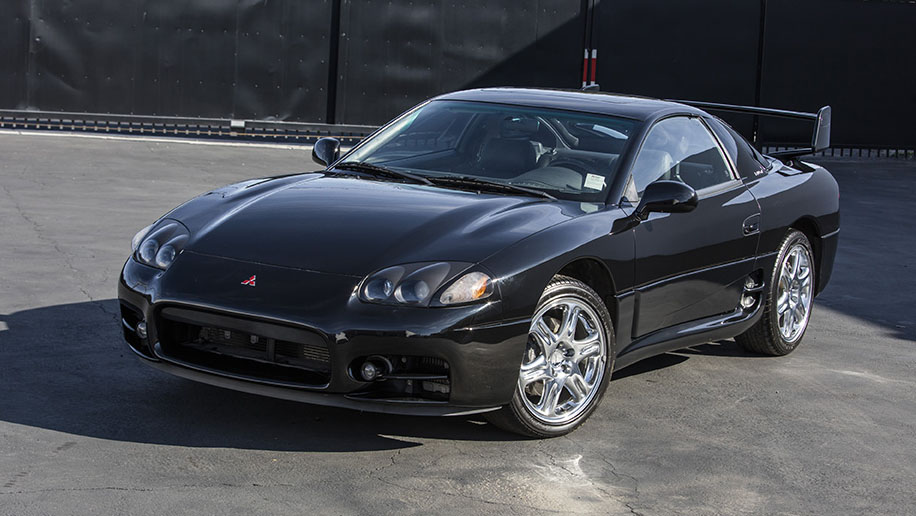
Over-engineering isn’t always logical or profitable, but it often leads to automotive greatness. Whether it’s Toyota building bulletproof engines, Porsche perfecting impractical roof mechanisms, or Audi crafting a super-light city car no one bought, these efforts reflect passionate engineering unconcerned with spreadsheets.
Many of these cars failed commercially but won long-term admiration. They challenge the norms of function and efficiency, prioritizing durability, innovation, or sheer ambition.
These vehicles remind us that sometimes the best machines come not from necessity, but from an obsessive pursuit of perfection—even when the world doesn’t ask for it.
Also Read: 10 Best Hybrid Cars of 2025 That Balance Fuel Efficiency, Reliability, and Everyday Comfort

